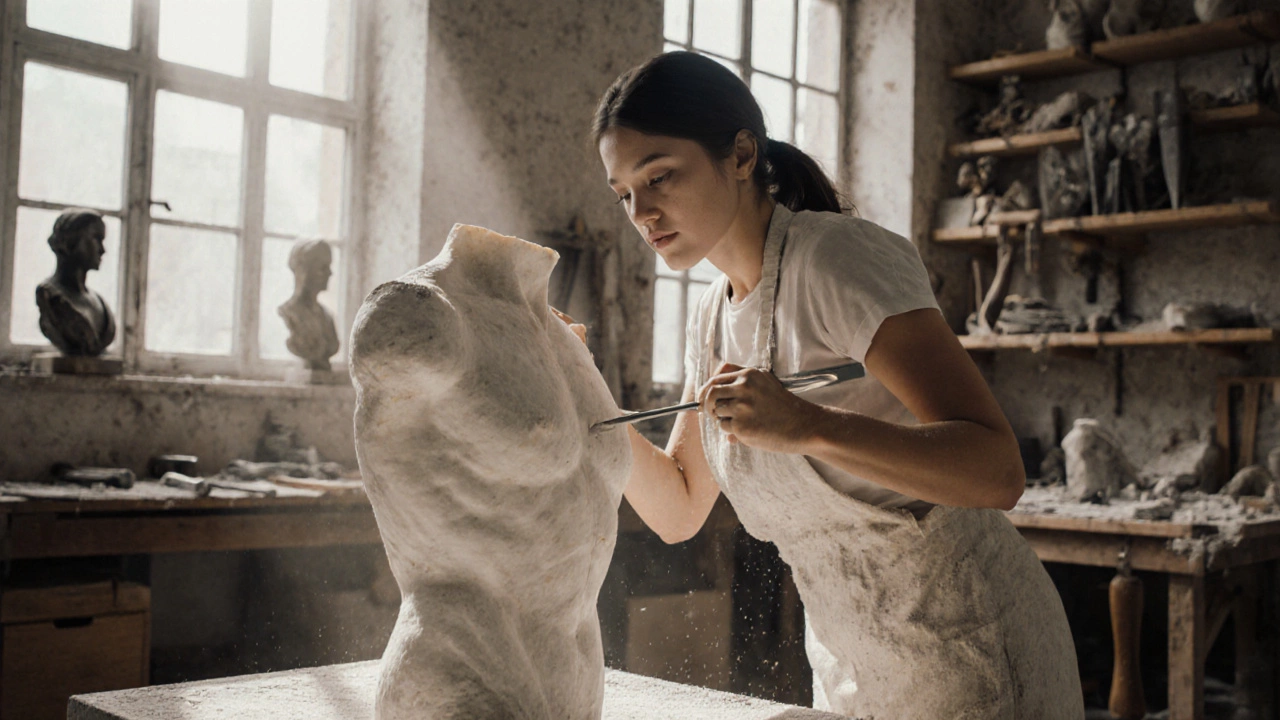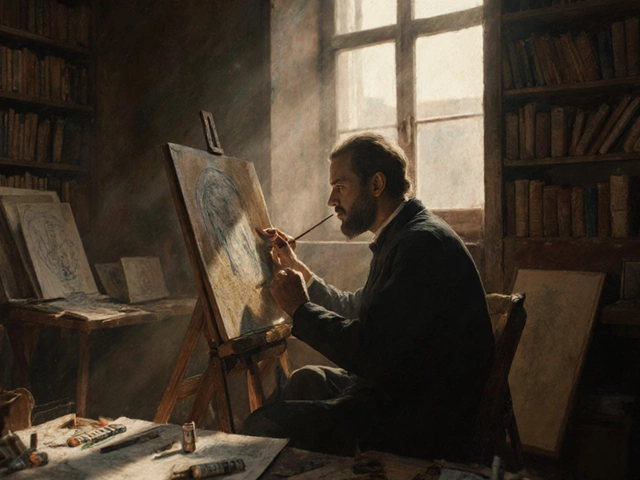Feminist Art Language – Meaning, History & Modern Usage
When talking about feminist art language, the specific set of terms, symbols and visual codes used by artists and critics to discuss gender, power and identity in art. Also known as feminist visual rhetoric, it helps creators articulate experiences that traditional art vocabularies often ignore.
Understanding feminist art, artworks that explicitly address women’s rights, representation and social equity is the first step. Gender studies, an interdisciplinary field examining how gender shapes society, culture and power structures supplies the theoretical backbone. Together they create a feedback loop: feminist art introduces new visual cues, while gender studies provides the language to decode them.
One key semantic triple here is: feminist art language encompasses visual symbols. Another: it requires knowledge of gender studies to interpret those symbols. A third: art criticism influences feminist art language by shaping which terms become mainstream. These connections keep the conversation fluid and relevant across galleries, classrooms and online forums.
Why It Matters Today
Artists now blend traditional techniques with digital tools, yet the core ideas stay the same. When a painter uses the color pink to subvert stereotypes, that choice is part of feminist art language. When a curator writes an exhibition note that calls out the "male gaze," they are applying art criticism that directly shapes the language. This synergy makes the terminology alive, allowing new generations to spot subtle power dynamics in everything from street murals to virtual reality installations.
Practical examples help cement the concept. Take a mural that depicts a woman breaking chains; the chains act as a visual metaphor, while the accompanying plaque might use terms like "agency" and "resistance"—words borrowed from gender studies. Another case is a performance piece where the artist writes misogynistic slogans on their skin; the act speaks through body language, while reviewers discuss it using phrases like "embodied critique" and "self‑objectification"—both parts of the feminist art language toolkit.
Because the language evolves, staying updated matters. New slang, social media hashtags and activist slogans constantly feed into academic discussions. For instance, the phrase "#MeToo" now appears in exhibition reviews, adding a contemporary layer to the lexicon. When you recognize these updates, you can better understand how feminist art language reflects shifting cultural attitudes.
Learning the vocabulary also empowers creators. Knowing the right term can make a proposal stronger, a critique sharper, or an artwork more resonant. If you’re drafting a artist statement, swapping vague words like "women's issues" for precise terms such as "patriarchal oppression" or "intersectional representation" gives your work academic weight and clarity.
In education, instructors use the language to structure courses, design assignments and evaluate student work. A syllabus that outlines "key concepts in feminist art language" signals to students that they’ll explore not just artworks but the words that frame them. This approach produces graduates who can both create and critically discuss gender‑focused art.
Below you’ll find a curated collection of articles that dive deeper into these ideas—ranging from modern art trends that intersect with feminist perspectives to practical guides on how to apply feminist terminology in your own projects. Whether you’re an artist, critic, student or simply curious, the posts will give you concrete examples, historical context, and actionable tips to expand your understanding of feminist art language.
Female Sculptor: Proper Term and Gendered Language in Sculpture
Explore the correct term for a woman who sculpts, why gendered language matters in art, and how to refer to female sculptors with respect and clarity.
Continue Reading




